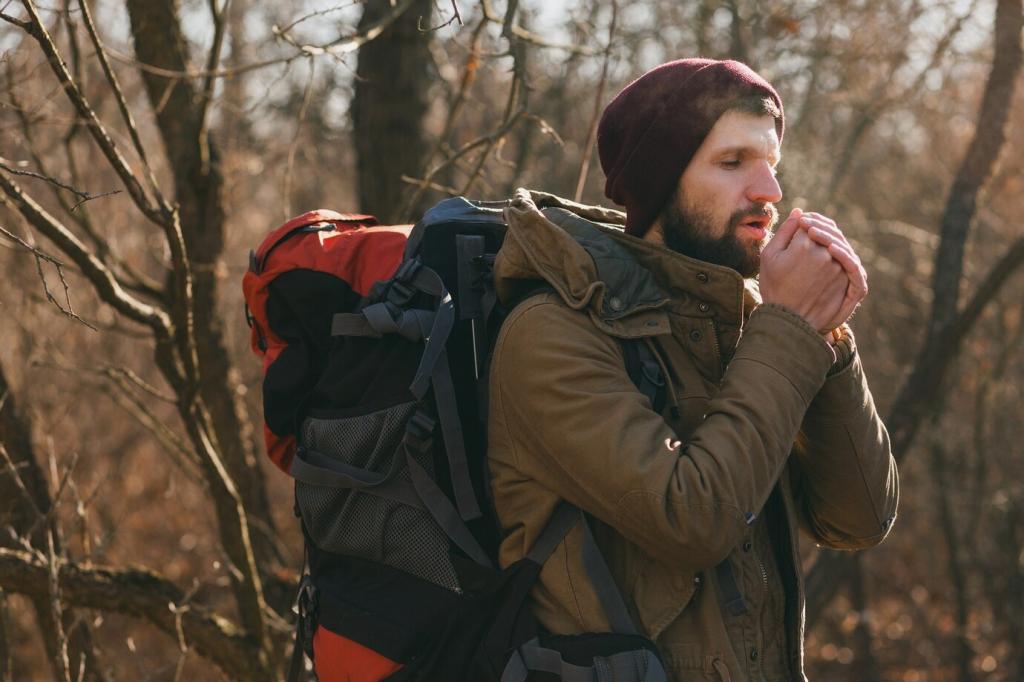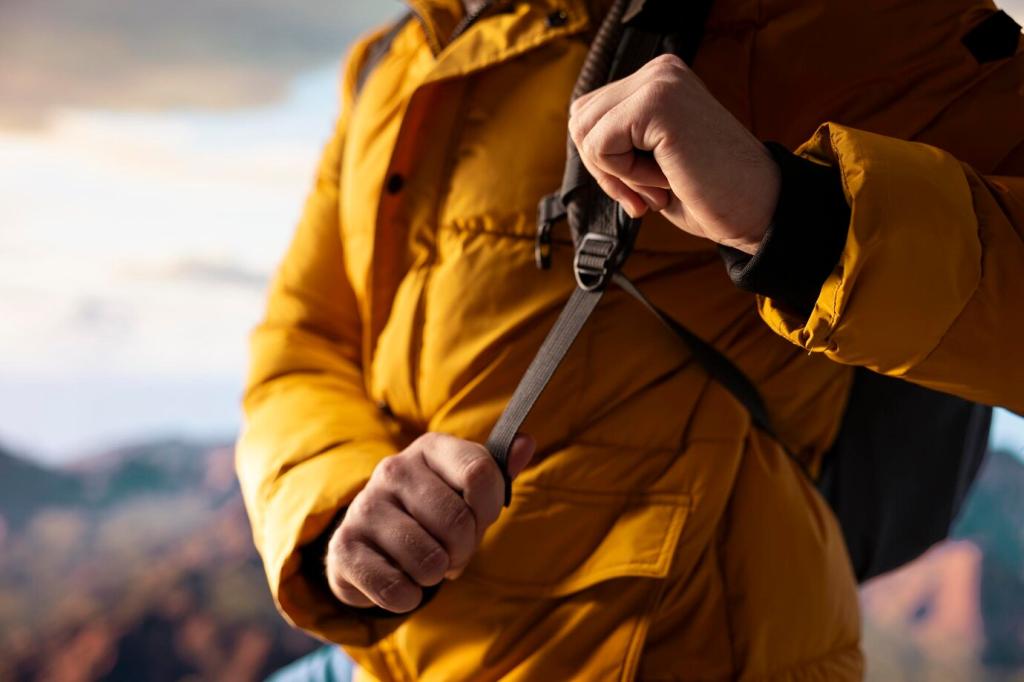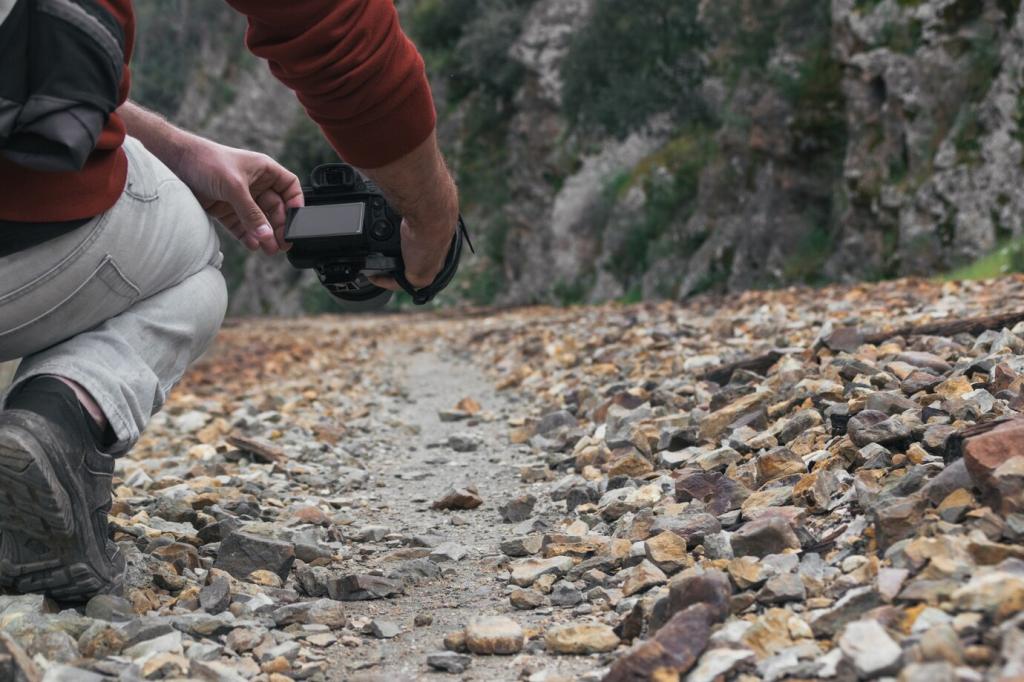Chosen theme: Nutrition and Diet for High-Altitude Treks. Welcome, summit dreamers and trail lovers. Today we dive into the foods, fluids, and strategies that keep you moving when the air thins and every breath feels precious. Expect science made practical, trail-tested tips, and human stories that warm like a mug of mountain broth. Share your favorite altitude snack in the comments and subscribe to catch future deep dives.

Hypoxia Increases Energy Cost
At altitude, your body works harder simply to breathe and stay warm, so total energy needs often jump to 3,500–5,500 kilocalories per day. Carbohydrates burn efficiently with less oxygen, making them vital for climbs, especially during long summit pushes.

Cracking the Appetite Code
Loss of appetite is common above 3,000 meters. Beat it with small, frequent bites, savory choices, and warm, comforting foods. Add flavor variety—salty, sour, and umami—to entice eating when nothing sounds good but your legs still need fuel.

A Story from the Khumbu
On a windy acclimatization day near Dingboche, I struggled to eat until a friend handed me steaming broth and a biscuit. The warmth, salt, and gentle flavor woke my appetite, and that simple bowl carried me through the afternoon hike.
Macronutrients That Work When Oxygen Is Scarce

Carbohydrates as the Primary Engine
Aim for a higher carbohydrate emphasis, often 50–65% of total calories, with steady 30–60 grams per hour during effort. Mix fast and slow sources—chews, dried fruit, couscous, and tortillas—so you maintain energy without overwhelming your stomach.

Fat for Density and Cold Protection
Fat delivers superb calorie density, ideal for pack weight and cold camps. Choose nuts, nut butters, olive oil packets, dark chocolate, and hard cheese. Balance intake during hiking, since heavy fats digest slower when effort and altitude strain digestion.

Protein for Repair and Resilience
Target roughly 1.2–1.6 grams of protein per kilogram daily to support recovery and immunity. Convenient options include tuna pouches, jerky, shelf-stable tofu, and quality plant powders. Add leucine-rich sources to stimulate muscle repair after long, cold days.
How Much to Drink, Really
A practical starting point is 3–5 liters of total fluids daily, including soups and tea. Monitor urine color, sip consistently, and front-load during the day. Adjust upward if melting snow or hiking in sun-exposed, windy, or very cold conditions.
Electrolytes That Matter
Replace sodium alongside fluids to avoid dilution and headaches—around 300–700 milligrams per liter works for most. Include potassium and a little magnesium. Dissolve electrolyte tablets in insulated bottles to prevent freezing and keep taste appealing in the cold.
Build around reliable heroes: instant couscous, quick rice, ramen, oats, dehydrated meals, nut butters, nuts, olive oil, and chocolate. These items combine high energy density with minimal prep, letting you refuel quickly even when fingers are numbed by wind.
Smart Meal Planning and Pack Weight
Boil-only recipes save fuel and time. Consider a pot cozy, windscreen, and lids to stretch fuel. Expect roughly 25–60 grams of canister fuel per person per day, higher if melting snow. Test your system before departure and note real consumption.
Smart Meal Planning and Pack Weight
Acclimatization Day Eating Strategy
01
Warm oats with honey, ghee, and cinnamon, or savory ramen with egg and greens, often land better than dry bars. Add dried berries for brightness and extra carbs. Tell us which breakfast keeps you cheerful on chilly acclimatization mornings.
02
Instead of big meals, graze every 45–60 minutes with 20–40 grams of carbohydrates. Try fig bars, dates with nut butter, or cheese and crackers. This pattern stabilizes energy without stressing digestion while you walk high and sleep slightly lower.
03
End with a warm, carb-forward meal plus protein: couscous with lentils and olive oil, or instant potatoes with tuna and cheese. A salty broth helps hydration. Some trekkers like tart cherry powder; experiment at home before relying on it up high.
Gut Health, Water Safety, and Cooking in Thin Air
Use redundant methods: filters for particulates, plus chemical drops or UV for microbes. Boiling is effective but fuel heavy. Keep a clean bottle for treated water only, and separate scoop containers to avoid cross-contamination in crowded, dusty camps.
Gut Health, Water Safety, and Cooking in Thin Air
Too much fiber during hard efforts can cause distress at altitude. Keep familiar foods, add gentle fermented options like miso paste, and consider shelf-stable probiotic sachets if they suit you. Test everything on training hikes before expedition use.


